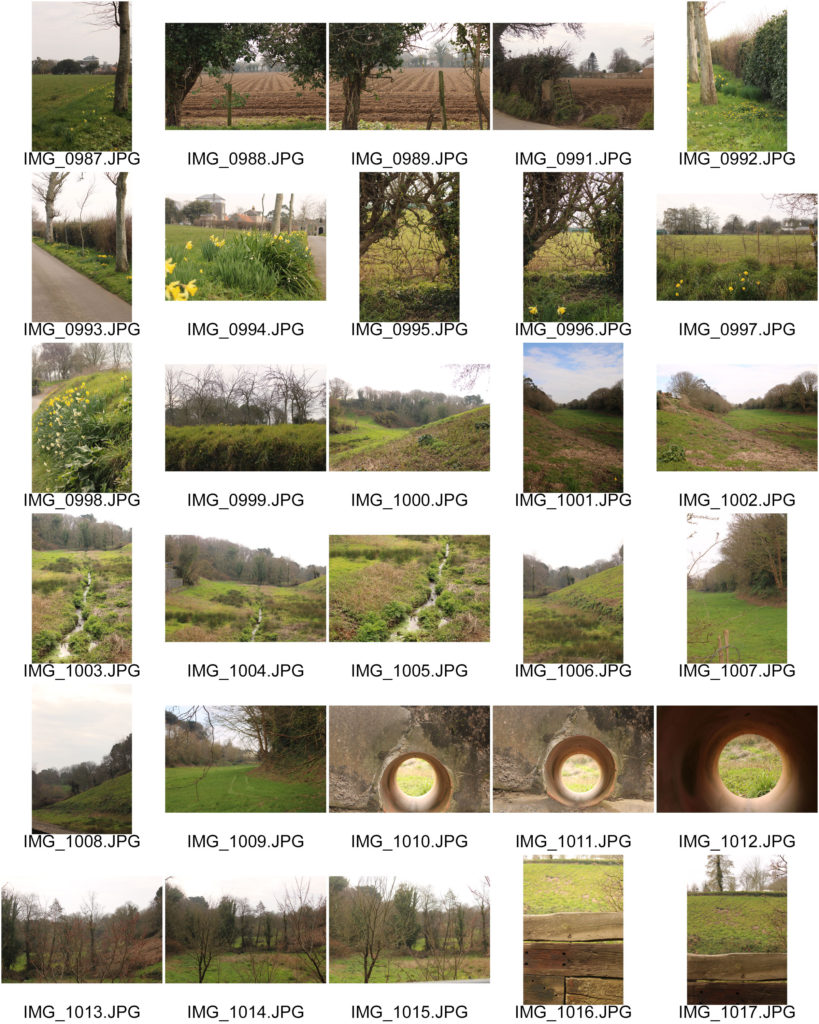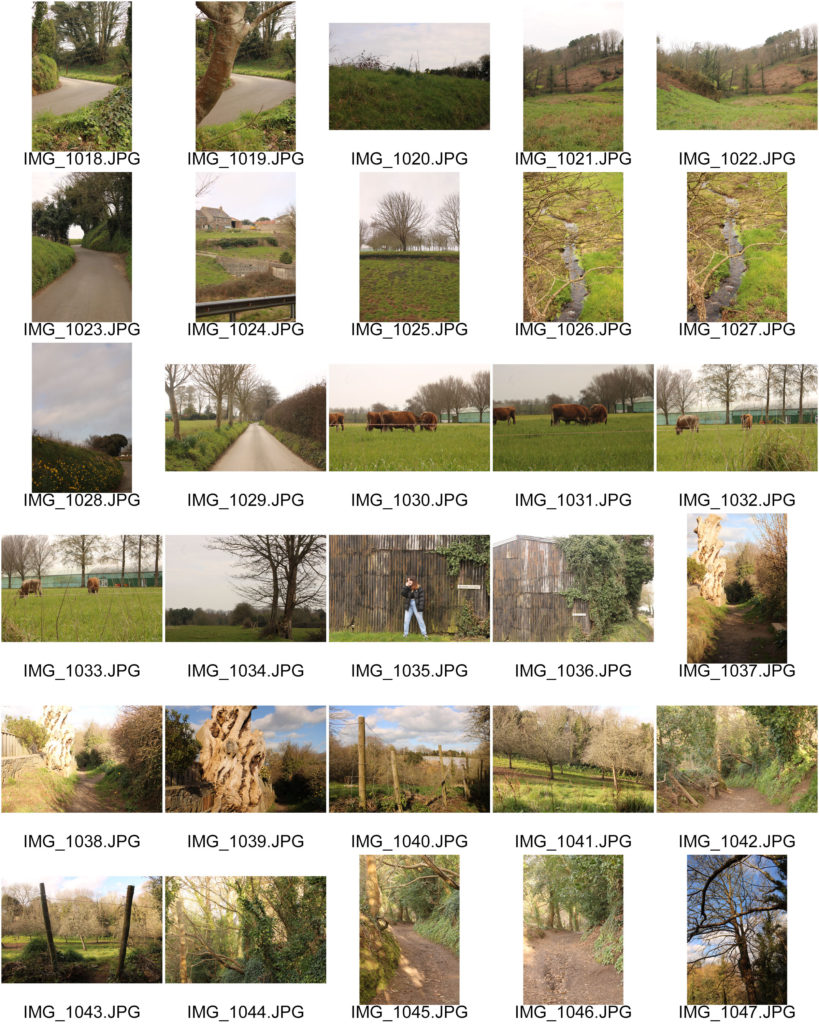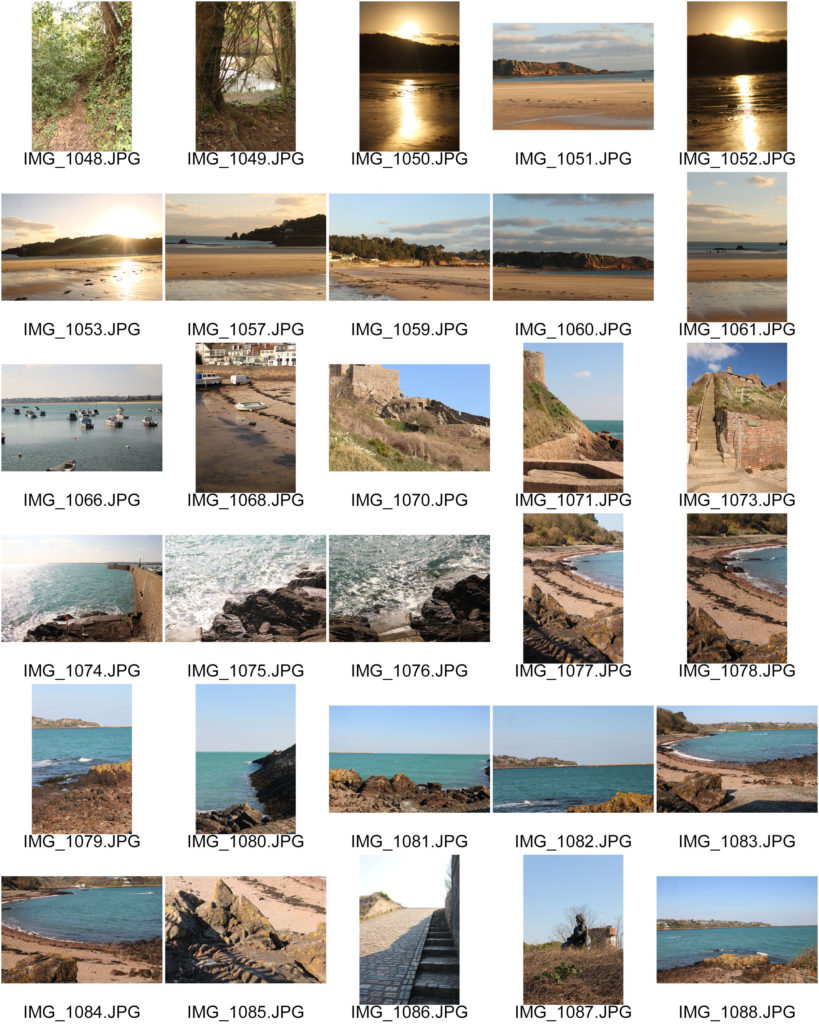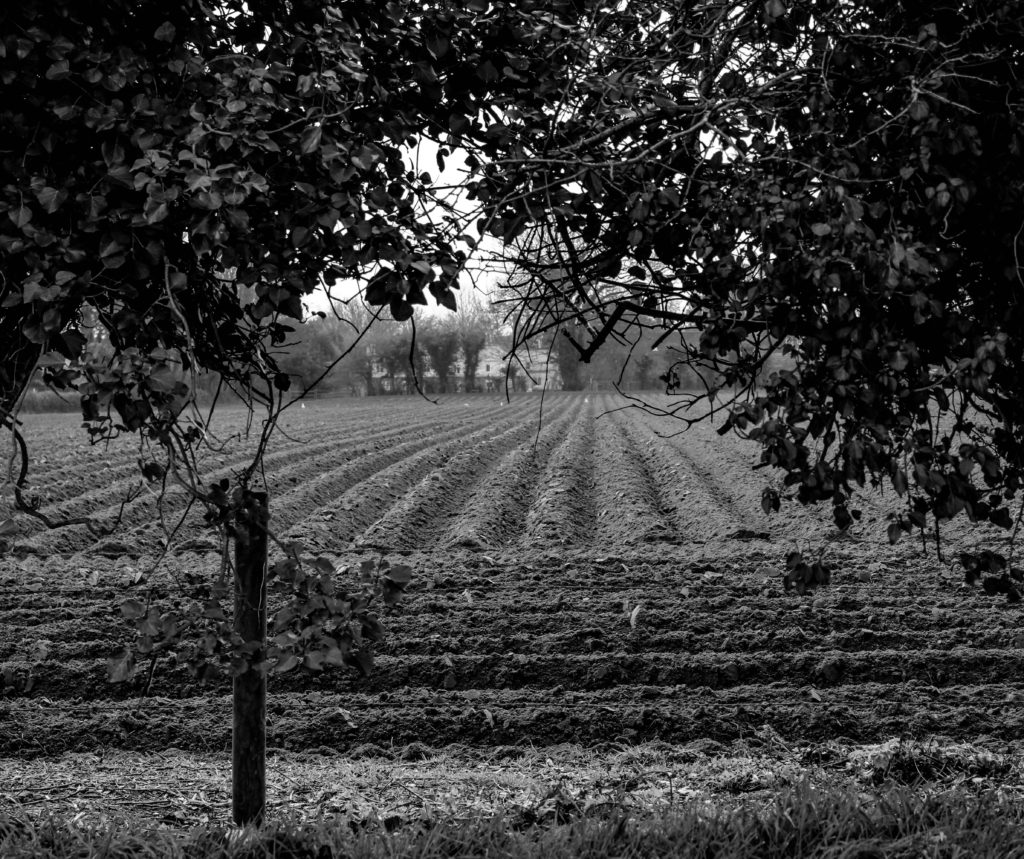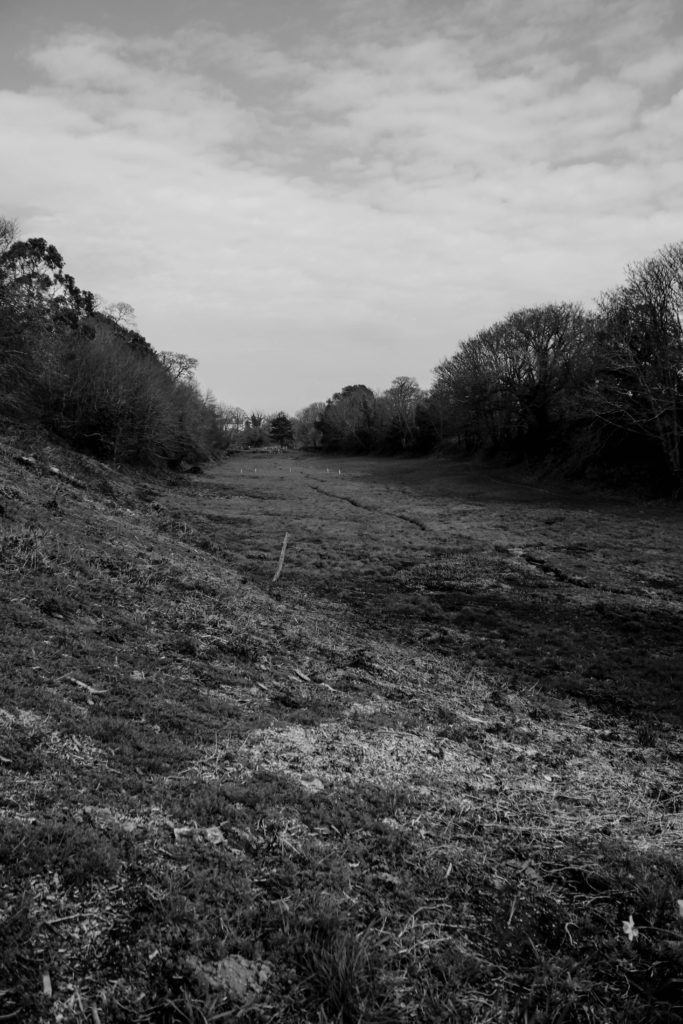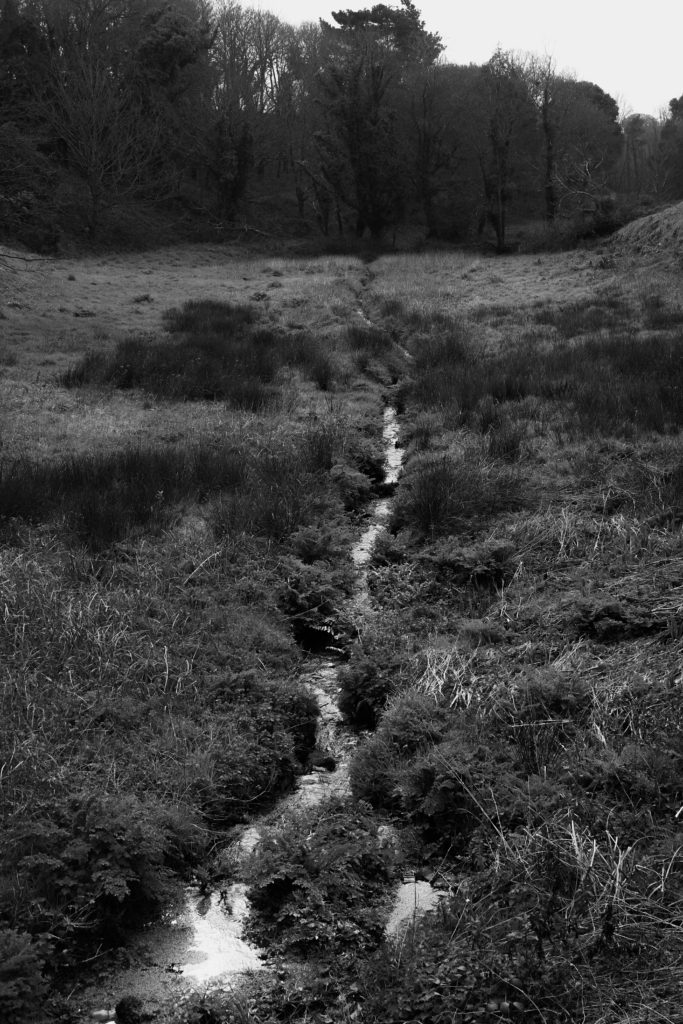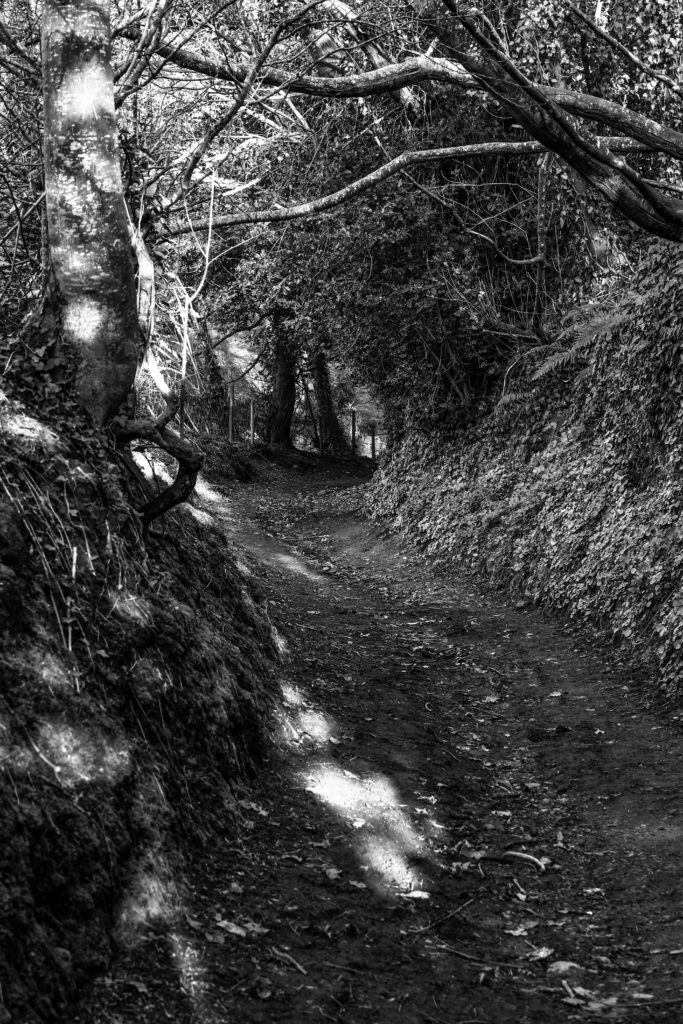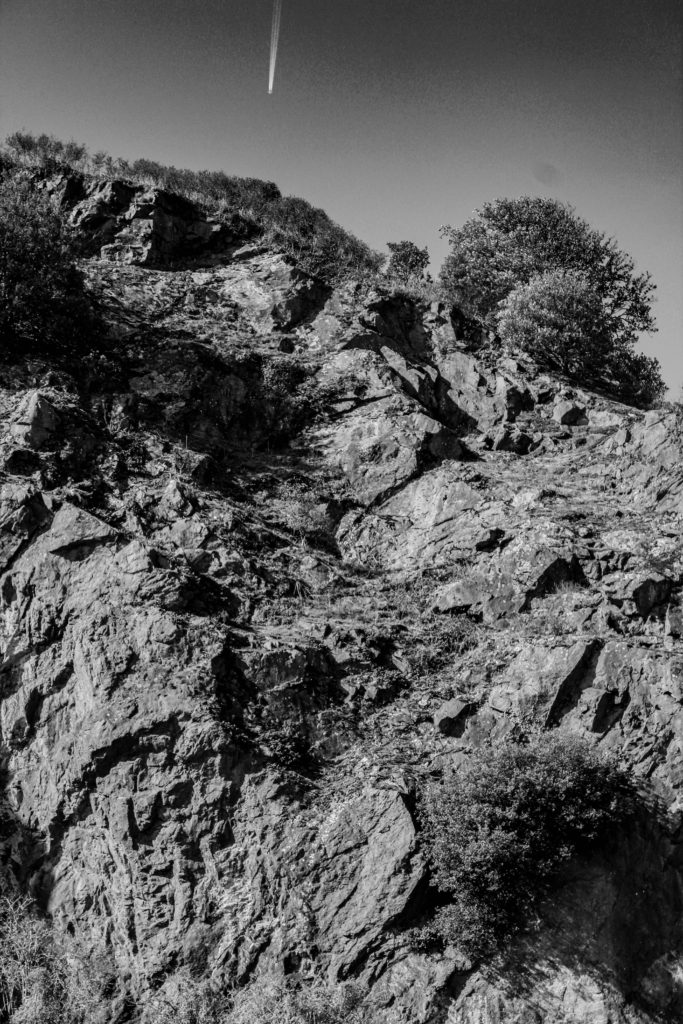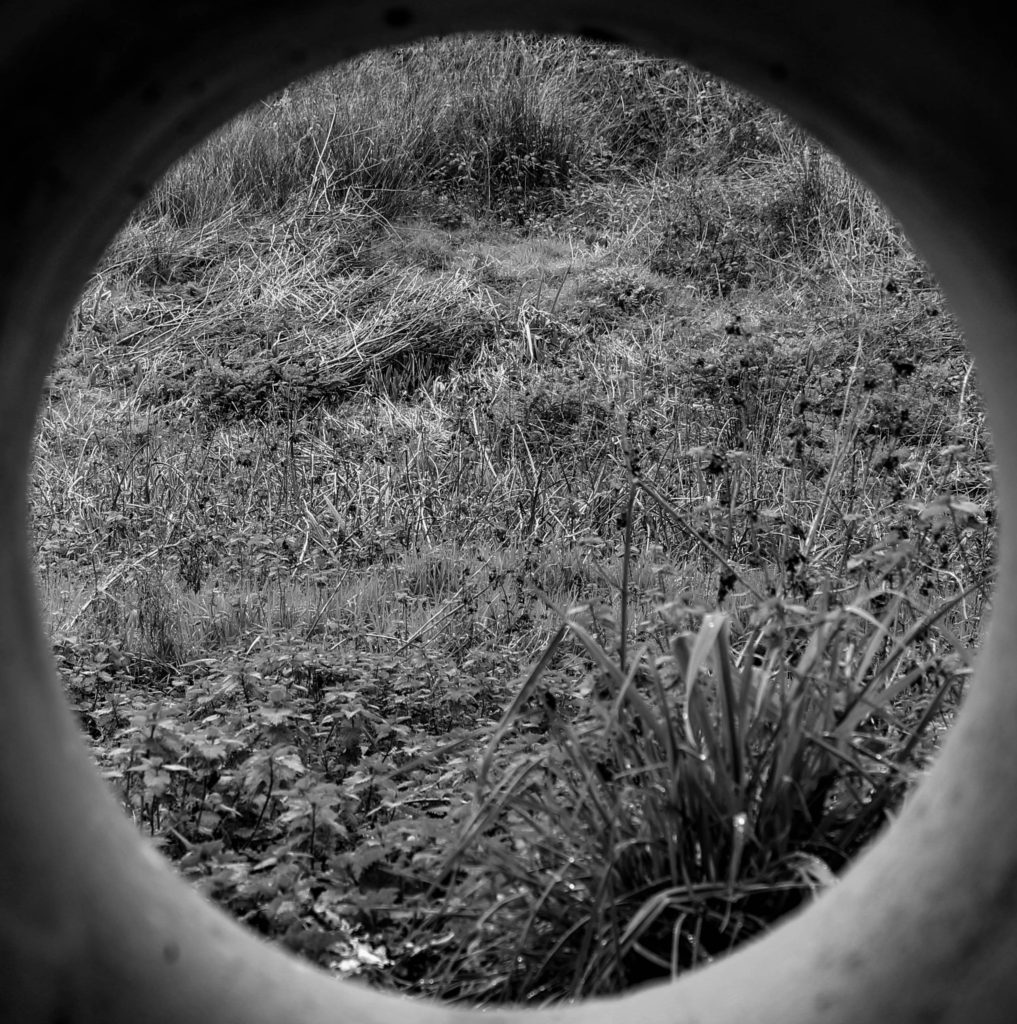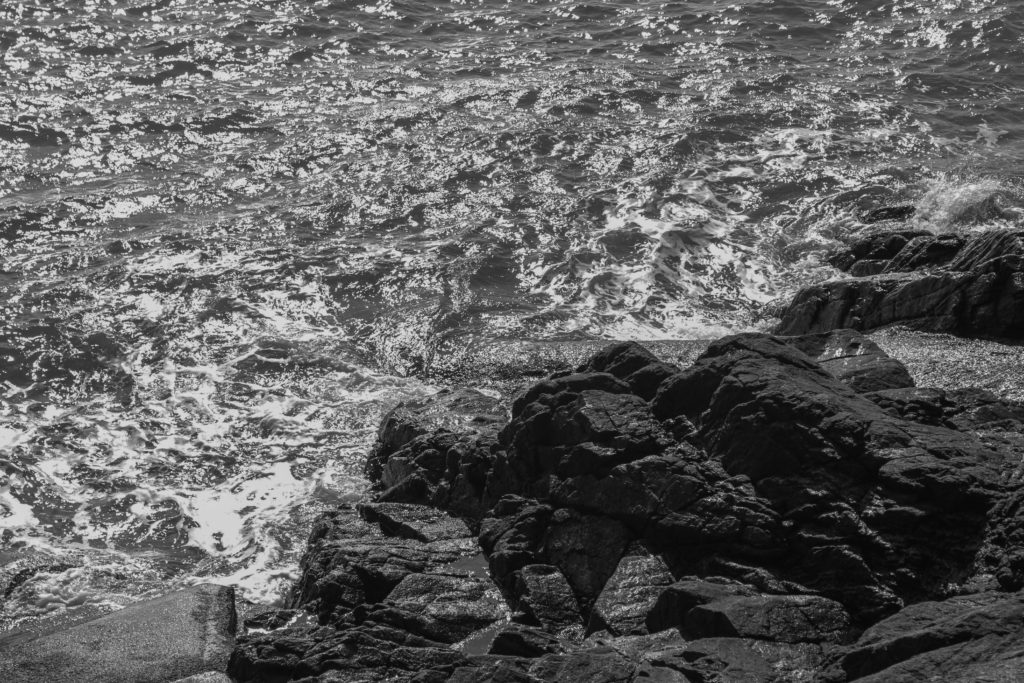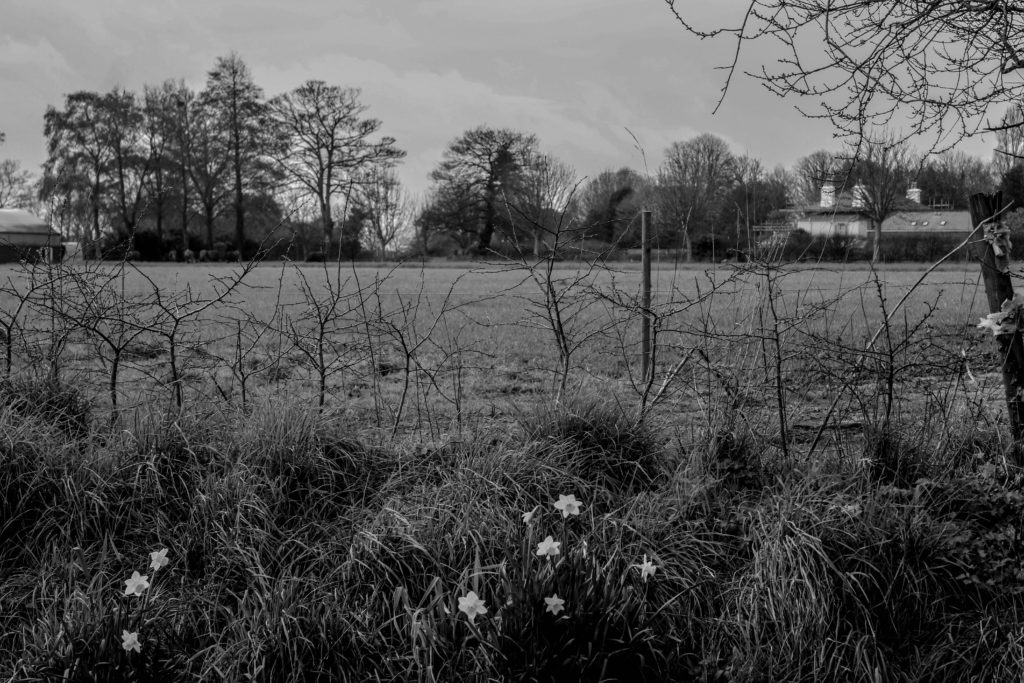Rural landscapes are photos with the soul purpose of showcasing nature and our natural surroundings. When photographers capture a rural essence, they usually romanticize the area shown to project their own sense of place they felt then in that location and reflect what they saw through the final photo. To the viewer, this gives them a sense of inclusion as the photographer is sharing their experience with them.
Romanticism was an artistic, literary, musical, and intellectual movement that originated in Europe towards the end of the 18th century. Romanticism was characterized by its emphasis on emotion and individualism as well as glorification of all the past and nature rejecting the precepts of order, calm, harmony, balance, idealization, and rationality.
Fay Godwin
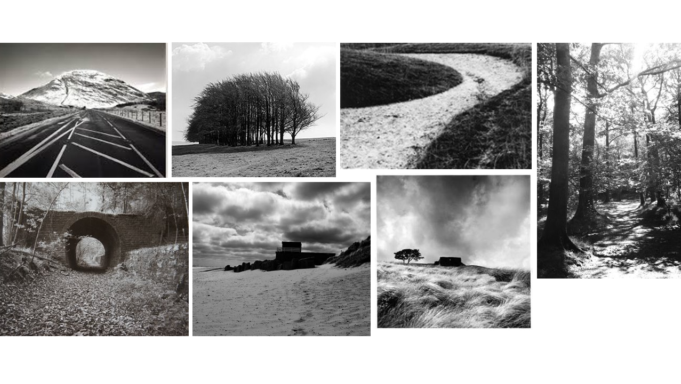
Fay Godwin, born 1931 in Berlin, Germany, first became interested in photography in the mid-1960s as a result of taking pictures of her young children. Alongside early portrait work, she developed a sophisticated landscape practice, often collaborating closely with writers to produce in depth surveys of particular rural topics or regions. Her photography has sometimes been linked to a tradition of romantic representations of the British landscape, in the manner of Bill Brandt or Edwin Smith. But, as a socialist and active environmentalist, Godwin makes the land in her photographs reveal traces of its history, through mankind’s occupation and and intervention.
Photo analysis

This black and white photograph taken by Fay Godwin shows a rural setting containing a mix of fields, paths and a reservoir. The main focus of Godwin’s work was to show off the countryside which was continuously becoming privatized and hidden from the public eye, to show the hidden beauties of England. I feel as this photo is the perfect representation of how we view a countryside. In the foreground of this photo, we see path leading down to the fields, found between rough and harsh stretches of both long and short grass. To me, this is a good contrast to the smooth hills and fields seen in the mid ground as it projects two different textures of the plain that can be easily interpreted by viewers.
At first view, my eye was drawn to the smooth and clean hill found in the middle ground leading to a white patch, after more research i found that the title of the photo is ‘Path and Reservoir’, this has now made the white space clear that is it a body of water within the fields.
The fact that this photo is in black and white shows me that the colours found in a countryside fall second to all the textures seen and emphasizes the contrast to a greater scale. Also, in the photo i see that Godwin has covered the whole of Ansel Adam’s scale, going from 0 being black through to 10 being white, displaying different shades.

Considering the time frame when this photo was taken, 1977, I reckon that this photo was processed in a darkroom and replicated. When taking the photo, i seems as if Godwin stood at a high point on the plane to capture as much content as possible. there is a chance that Godwin used a Hasselblad 500C/M camera fitted with a Planar f2.8 50mm lens or a Leica M6 camera fitted with a Summicron f2 35mm lens. As both of these cameras were used to produce some of the images included in the exhibition.
My Response
i carried out my photo shoots at different locations around the island, exploring my options of both landscape and coastal environments. I timed my photoshoots to correlate with different weathers and time frames to give myself different atmospheres to work with.
Edited photos
This selection of images contain photos which I believe are the best at showing how simplistic and beautiful nature is and aiming to romanticise a different view of nature without extreme weathers or elements. I edited all my photos to black and white to exaggerate the contrasts between highlights and shadows, giving a calm and collected moment for atmosphere. I think this was successful as it has made the photos more subjected as there are two main ways to view the images, those being the stillness and calmness of the plains or the harshness and depth of the textures within the photos. Whilst editing I considered Ansel’s zones, trying to include all aspects of the scale. As I was taking the photos, I positioned myself with intentions of capturing landscapes without including as many modern buildings/alterations in the photo. However in some photos, catching a small section of a building or one being in sight very far away was unavoidable when I was trying to photograph an eye grabbing photo in terms of composition.

